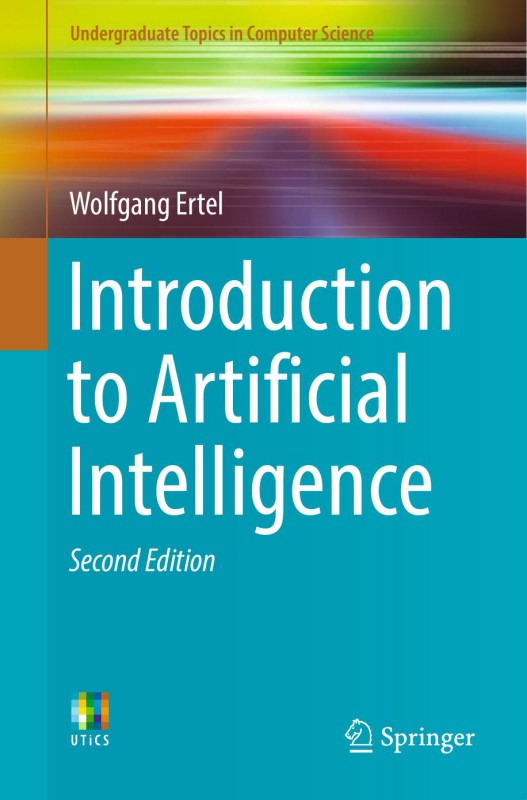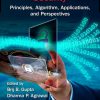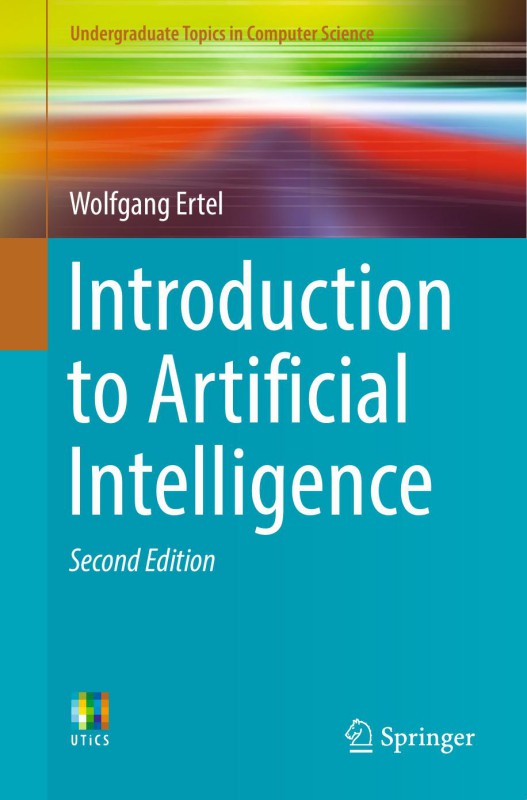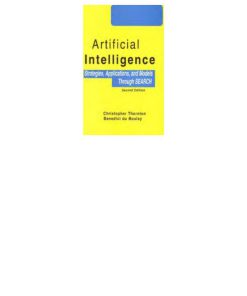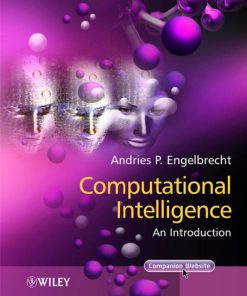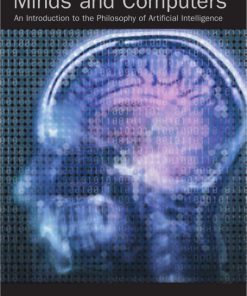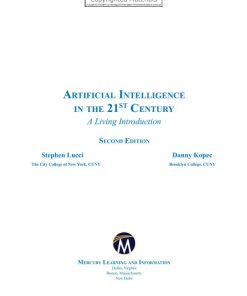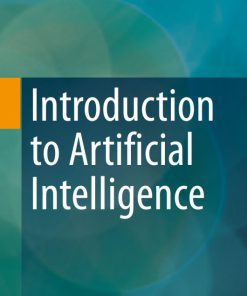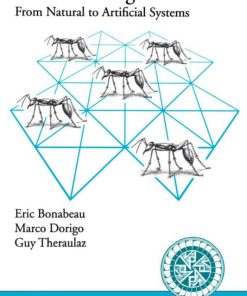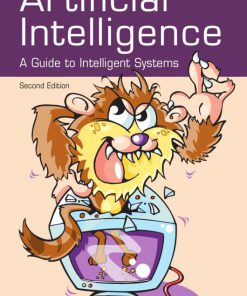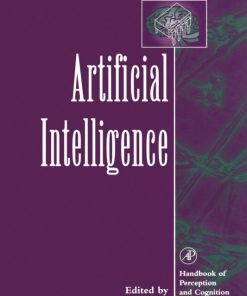Introduction to Artificial Intelligence 2nd edition by Wolfgang Ertel, Nathanael Black ISBN 3319584863 978-3319584867
Original price was: $50.00.$25.00Current price is: $25.00.
Authors:Wolfgang Ertel , Series:Artificial Intelligence [8] , Tags:Computers; Artificial Intelligence; General; Information Technology , Author sort:Ertel, Wolfgang , Ids:Google; 9783319584874 , Languages:Languages:eng , Published:Published:Jan 2018 , Publisher:Springer , Comments:Comments:The ultimate aim of artificial intelligence (A.I.) is to understand intelligence and to build intelligent software and robots that come close to the performance of humans. On their way towards this goal, A.I. researchers have developed a number of quite different subdisciplines.This concise and accessible Introduction to Artificial Intelligence supports a foundation or module course on A.I., covering a broad selection of the subdisciplines within this field. The textbook presents concrete algorithms and applications in the areas of agents, logic, search, reasoning under uncertainty, machine learning, neural networks and reinforcement learning.Topics and features: presents an application-focused and hands-on approach to learning the subject; provides study exercises of varying degrees of difficulty at the end of each chapter, with solutions given at the end of the book; supports the text with highlighted examples, definitions, theorems, and illustrative cartoons; includes chapters on predicate logic, PROLOG, heuristic search, probabilistic reasoning, machine learning and data mining, neural networks and reinforcement learning; contains an extensive bibliography for deeper reading on further topics; supplies additional teaching resources, including lecture slides and training data for learning algorithms, at the website http://www.hs-weingarten.de/~ertel/aibook.Students of computer science and other technical natural sciences will find this easy-to-read textbook excellent for self-study, a high-school level of knowledge of mathematics being the only prerequisite to understanding the material. With its extensive tools and bibliography, it is an ideal, quick resource on A.I.

